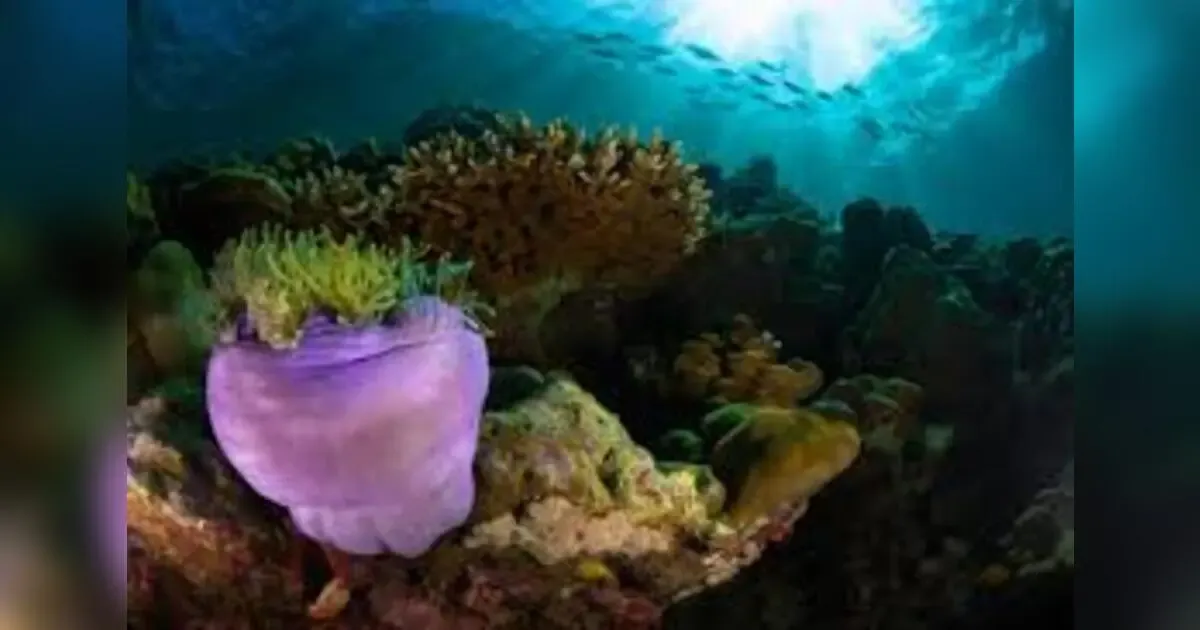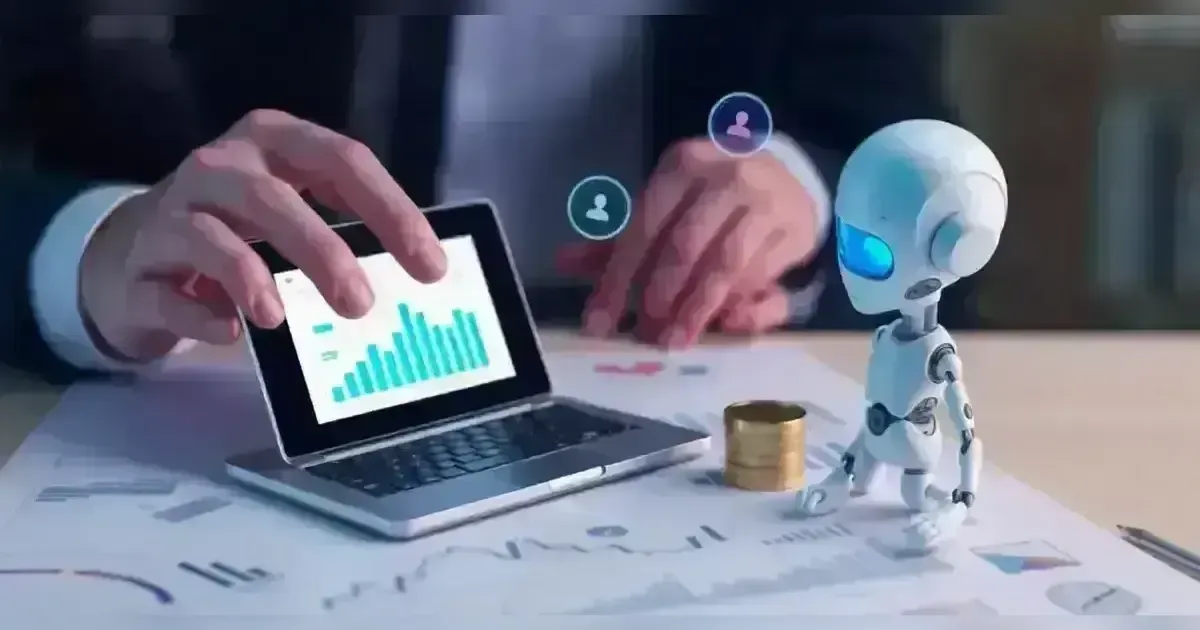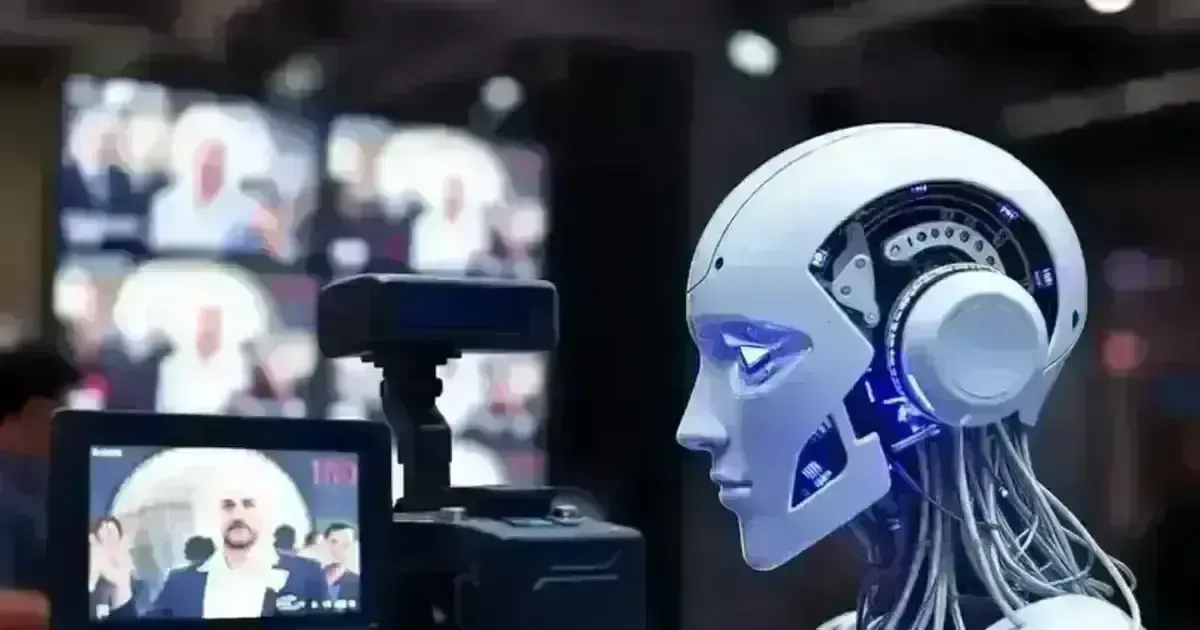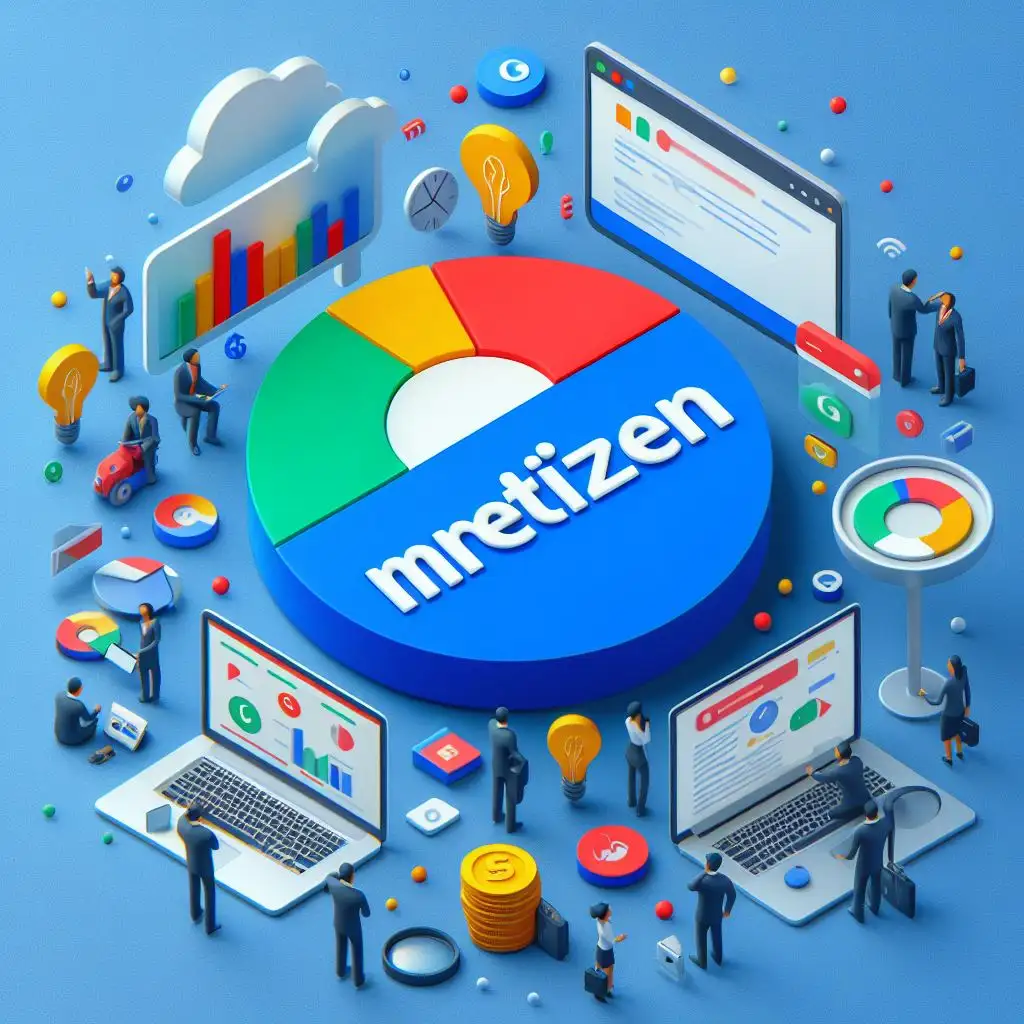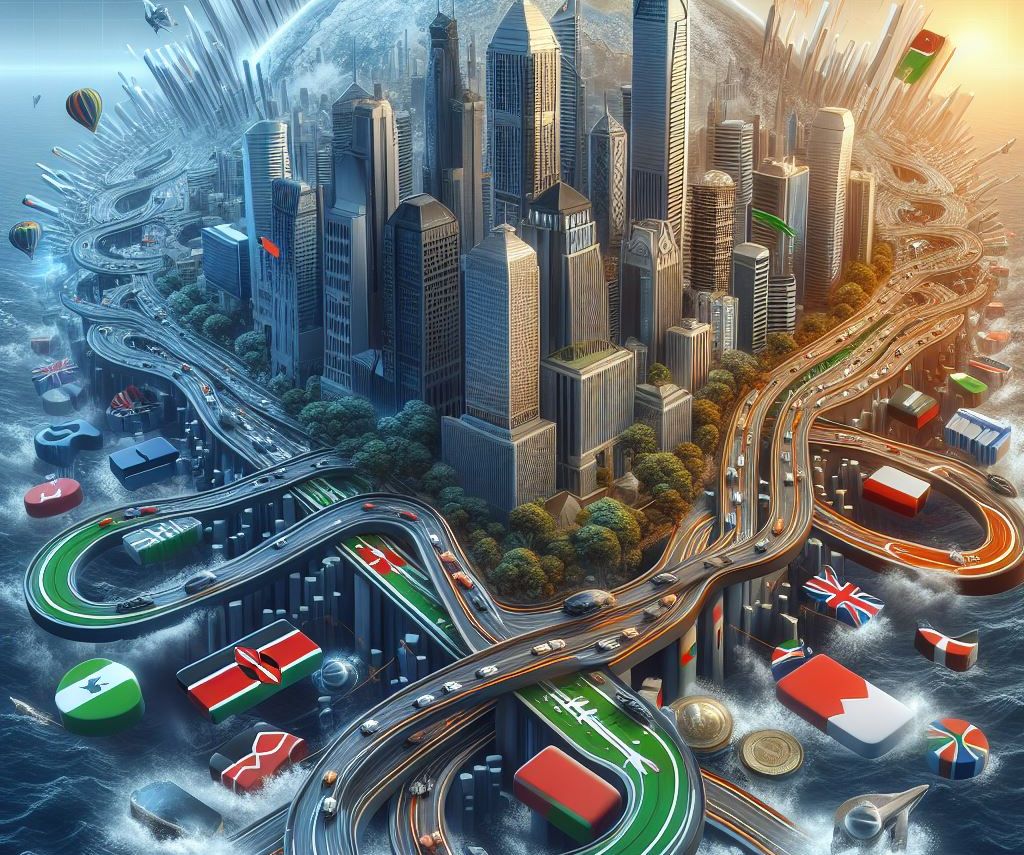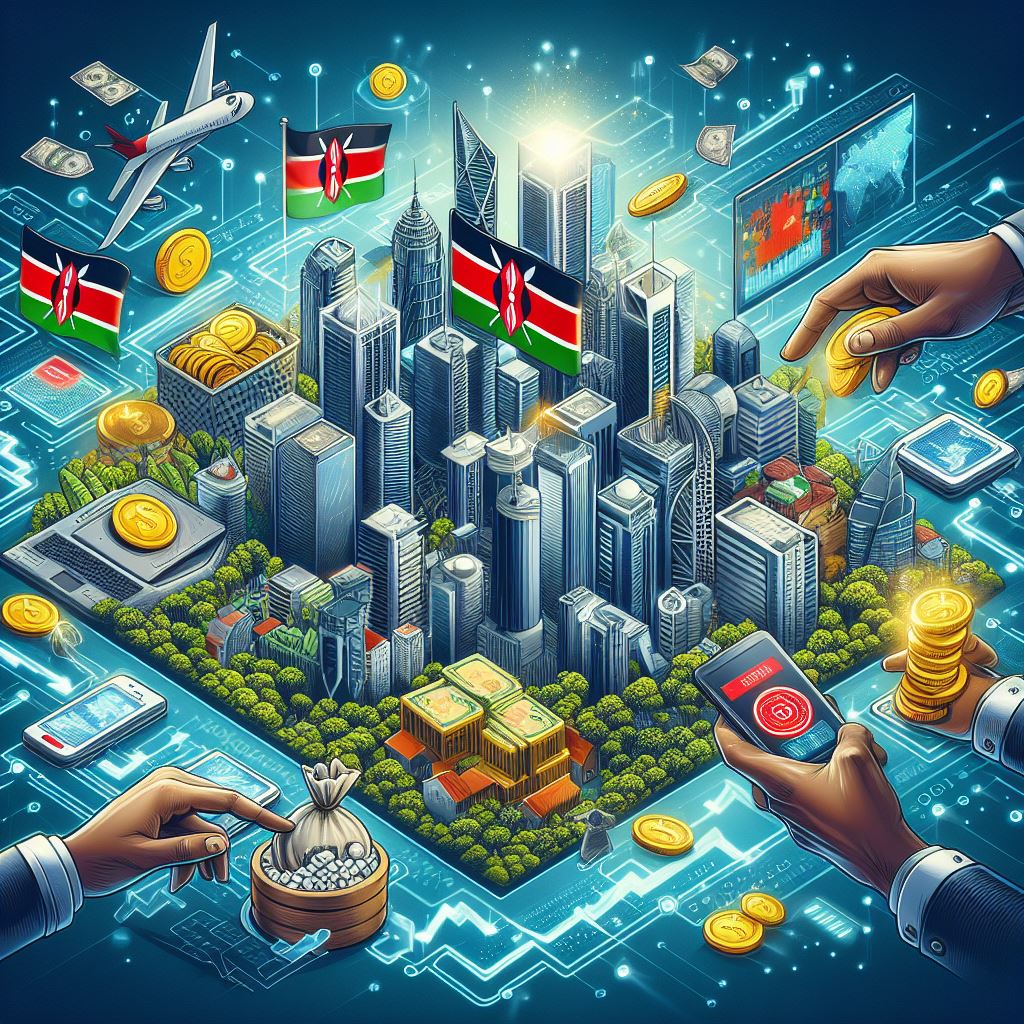Marine pollution has negative impacts to such aspects as; biodiversity, human health as well as the economy. mitigation strategies are therefore as follows; cut down on the use of plastics, optimize disposal and protection measures, sealers, and policies on protective measures and enhance cleaning techniques...
Oceans in Peril: How We Can Reverse Marine Pollution
Introduction
Oceans make up more than 70% of the surface of the Earth, offer necessary resources, contribute to climatic change and host life. But they are exposed more and more to pollution. This paper presents an overview on marine pollution ranging from plastic wastes to hazardous chemicals, excessive nutrients and the devastating effect on marine organisms, coastal communities and human health. Overcoming the problem of Marine Pollution is a noble cause on the preservation of life forms and on creating a healthy thriving planet. In this paper the author investigates some of the common causes and impacts of marine pollution and draws attention to possible recommendations, measures and advances aimed at arresting the negative phenomena and protecting the oceans for future use.
The Extent and Kinds of Marine Pollution
In general, marine pollution is a complex problem with a rich variety of sources, which can be distinguished as both terrestrial and marine sources. Currently it is estimated that about 8 million tons of the plastics, and other related materials find their way to the sea and once in the sea; the plastics disintegrate into small particles known as microplastics which are very difficult to remove. Sewage products, wastes product of industries, flowing agricultural effluence, and oil dump age are some factors leading to the pollution of high seas
The major types of marine pollution include:
1. Plastic Pollution: Plastics which are predominant in the content of marine debris are known to be resistant to biodegradation. Ny Carnival articles such as bottles, bags, fishing gear, and microplastics that litter oceans; enhances negative impacts of plastic products on marine life, in the process entailing or ingesting these materials. Accumulating plastic waste is a direct danger to ocean inhabitants; more than 800 species are affected by it.
2. Chemical Pollution: Five categories of pollutants are known to be hazardous and get accumulated in the different tissues of marine organisms; these include; Pesticides, heavy metals and POPs. They get into the oceans through manufacturing effluents, farm leaching, and sewage; their impact is felt in aquatic life and humans through the fish we eat.
3. Oil Spills: Tanker and offshore drilling disasters are disastrous to the marine ecosystem. They slather animals in toxic oil which affects the body temperature regulation in those animals and pollute coastal environment. Small amounts of oil can be toxic in marine environment and are almost impossible to remove, their impact lasts for many years.
4. Nutrient Pollution: Water carrying nitrogen and phosphorus from fertilizers, pets and sewage encourage growth of algae which in turn bring about “dead zones” when they are decomposing and uses up oxygen. These zones, where sea animals cannot obtain enough oxygen to survive, are expanding both in number and extent.
5. Noise Pollution: Either shipping noise or noise from drilling or military activities interfere with marine animals especially mammals who use sound to communicate, find their way around or hunt. Noise pollution, when it occurs constantly, results in behavior alterations, stress, and occasionally strandings.
Effects of pollutive activity in marine regions
The effects of marine pollution are far-reaching and impact both marine and human life:
1. Loss of Biodiversity: This has implication that pollution affects the decrease of marine species. Pollutants found in plastics and chemicals harm different foods chains and cause diseases and death in different marine animals. Marine species’ food habitats, such as coral reefs, are especially vulnerable; pollution reduces the resilience of these ecosystems to other pressure like climate change.
2. Human Health Risks: Heavy metals, POPs, microplastic wastes potentially find place in human food consumption through seafood. Eating fish and shellfish that has been infected with toxins is dangerous for human health and can cause cancer, change hormones level and harm the nervous system. Nutrient pollution also causes formation of bad algal blooms with toxic effects on human respiratory system.
3. Economic Losses: In effect, coastal and marine pollution affects the economy in regard to fishing industries, tourism, and some of the societies living around the coastal lines. Whereas the fish stocks have depleted, coastlines full of litter discourage visitors. Cleaning up pollution is necessary for the continued prosperity of these industries, which generate tens of millions of livelihoods globally.
4. Impact on Climate Regulation: Seas and oceans dissolve approximately less than one-third of total emissions of CO₂ into the atmosphere which slows down climatic change. But pollution undermines this ability, degrading marine life that stores carbon, like plankton, and seagrasses. That’s why when these organisms die because of pollution the ability of the ocean to publish CO₂ reduces.
Solutions for Reversing Marine Pollution
Marine pollution can only be addressed by using an integration of prevention, clean-up approaches, policy shifts, innovative technology solutions, and public mobilization. They will present the key strategies that could assist in the fight against this emerging crisis below.
1. Reducing Production and Dismiss of Plastics
Single-use Plastic Bans: A lot of progress has been made over the years: Great Britain has prohibited particular kinds of single-use plastics including bags, straws and cutlery; and numerous other countries and cites have implemented similar bans and taxes. Such extensions and encouragement to reusable items can help to make the change quite considerable.
Manufacturers are made responsible for their products through their lifecycle not like the EPR policies that make manufacturers responsible for the disposal of their products, motivating manufactory to come up with recyclable products then ending up with waste management.
Recycling Innovations: New so-called chemical recycling is another way of recycling that can help repurpose difficult to recycle that some plastics. Global recycling levels need to rise in order to minimize the number of plastics entering the sea.
2. Wastewater Disposal and agricultural runoff prevention and control
Examples of marine pollutive materials include nutrient enrichment, chemical substances and sewage effluents released through wastewater and agricultural irrigation. Addressing these requires both infrastructure improvements and regulatory measures:
Upgrading Wastewater Treatment: Enhancing stations that filter the wastewater to remove the pollutants such as microplastics and chemically does not allow the contaminants to get into the water. A considerable number of the effluents of water could be made to display improved water quality by properly filtering and biological treatment.
Reducing Fertilizer Use: Consumers are willing extra dollars for foods that are locally sourced and farmers can practice better use of the soil by putting down the right amount of fertilizers instead of overdoing it. It means applying the right amount in the right way and in a way that will not pollute our water bodies through nutrient pollution by run off.
3. Raising up the Pace of Clearance Work
The basic strategies include prevention and the necessary elimination of existing pollution as a primary focus. Various cleanup efforts target different types of marine pollution:
Beach Cleanups: People engage in beach cleansing activities that not only spread information about the problem but also collect numerous tons of litter before they end up in the ocean. These events encourage collective responsibility while encouraging clean shores or coasts.
Ocean Cleanup Technologies: There are other technologies which float in the mid of the sea like The Ocean Cleanup Project, it uses floaters that capture plastic in the sea. Drone technology and Remotely Operated Vehicles (ROVs) are also used to discover the disposed wastes and recover them.
Microplastic Filters: An example is washing machine filters that help to stop microfibers from clothes such as fleece entering water systems. They lower the rate at which microplastics are discharged into the environment.
4. Strengthening Global and Local Policies
Marine protection cannot be achieved fully without policies at all levels. Standard additional anchoring points regarding marine pollutions include international cooperation, viable local regulations, and enforcement of poll ng laws.
International Agreements: This is in treaties that are currently under negotiation such as the United Nation’s Global Plastic Treaty with the intention of developing enforceable steps to check the use of plastics globally. Considerable changes in the level of pollution can be achieved by enhancing and enforcing the most important international treaties.
Marine Protected Areas (MPAs): MPAs limit practices such as fishing, drilling, and subsequently, waste disposal within the area of special concern. Climate change stressors such as pollution could be reduced if successful MPAs are established and effectively expanded.
Zero-Discharge Zones: Limiting waste discharge in special zones makes it impossible to discharge dangerous waste and pollutants in certain areas that are significant for ecosystems and bio diversity.
5. Awareness and Education as the Strategy
Both formal education and increasing knowledge are significant factors affecting the changes to prevent pollution of the seas. The basic premise for such an approach is that when the people and the communities realize the consequences of actions, the actions are likely to be acutely sustainable.
Public Awareness Campaigns: This way campaigns can educate the public on the ill effects of littering, use of plastics and harm caused by chemical drainage so that there can a shift towards environmentally friendly activities. The best examples of public outreach include the “Leave No Trace” and “Reduce, Reuse, Recycle” campaigns.
School Programs: Children for a long time embrace the marine conservation topics when they are taught in schools. Students know the existing problem regarding marine pollution so that the future generation is aware and become part of the solution.
Conclusion
Oil spilling in the seas is one of the biggest threats facing our globe in the natural environment, economy, and people’s wellbeing. But it is here that we have the ability for turning this around through, prevention and cleaning, technology, and policies respectively. It is possible to avoid generating plastic waste, control wastewater and a contact of agriculture with the ocean, enhance global legislation, and expand environmentally friendly practices to preserve oceans for generations to come. Marine pollution eradication is thus a task that would need the support of everyone right from the political leadership, companies and citizens. The small steps when multiplied by millions of people translate into a big change to a better environment through reduction of plastic use, backing of environment laws and supporting cleanup activities. By pollution, both directly and indirectly, implicated oceans which are relatively strong, but require support to recover from the pollution they have been subjected to for decades. In combination, it becomes possible to reverse the trends and protect one of the Earth’s treasures.

